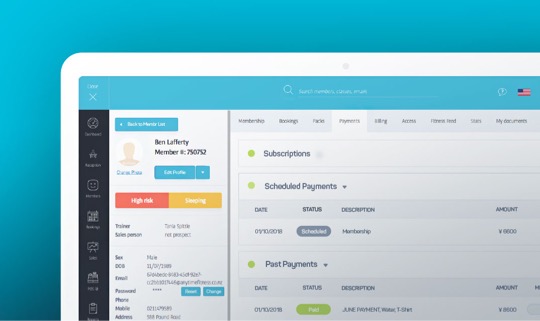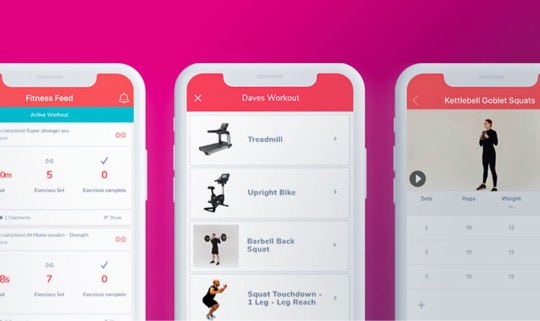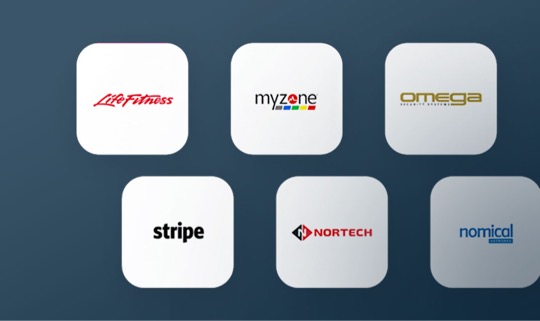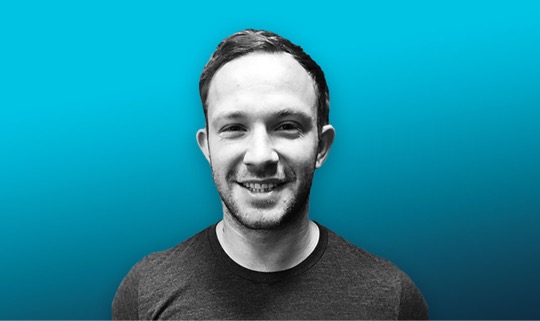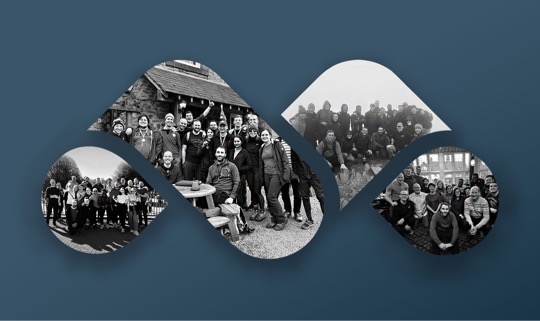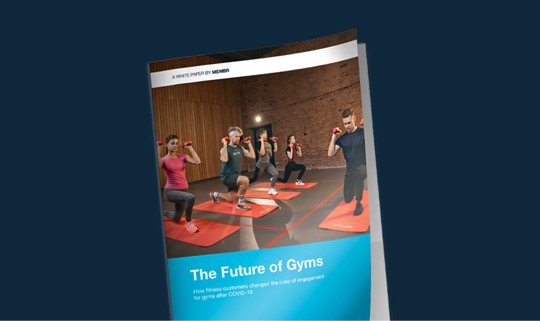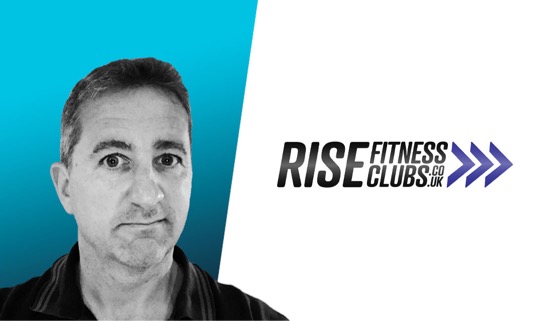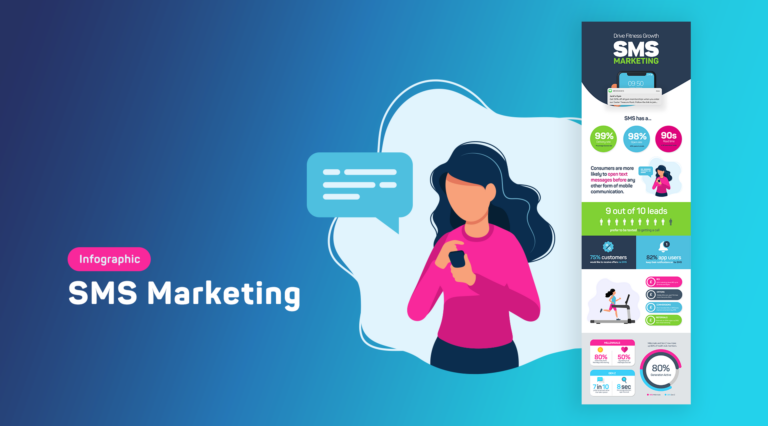“If I have to click through 10 different pages, I have to click 10 times to get from entering the website to joining, or from entering a website to gaining a trial pass, you’re missing a trick. You want to make that as simple and as painless as possible to get them from A to B.”
He’s one of the UK’s leading experts in gym and health club pre-sales and a Managing Director at Uplift Fitness Marketing. Neil’s the person you go to if you want to ramp up your gym’s marketing! He knows it all, from prospecting systems and referral programs to SEO and social media.
Listen to the full episode now:
Subscribe to mPowered and listen to all the episodes on Spotify or Apple Podcasts.
Neil Haughin 0:01
